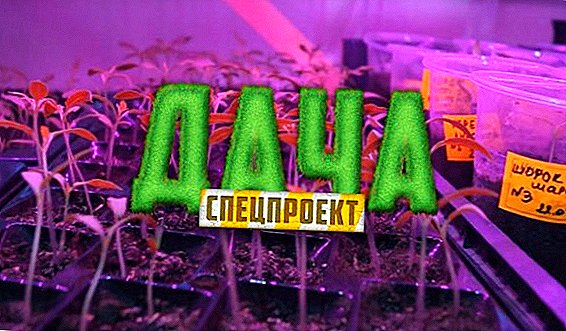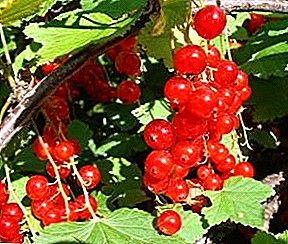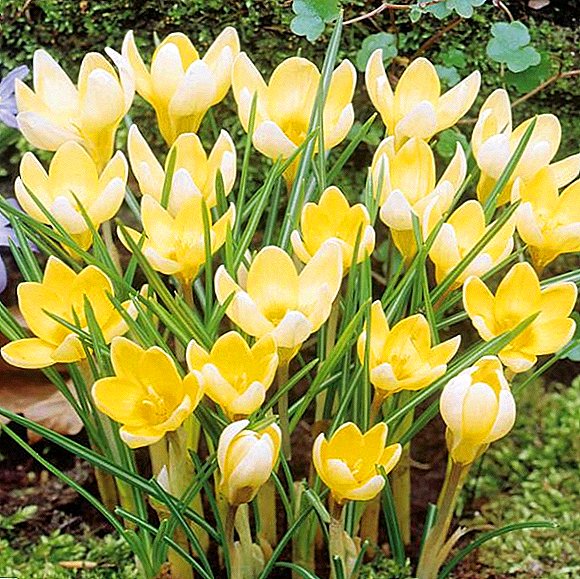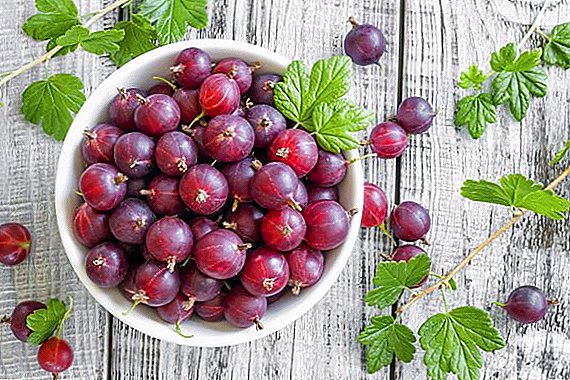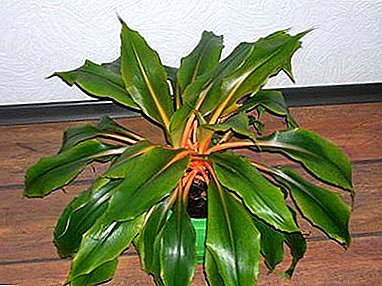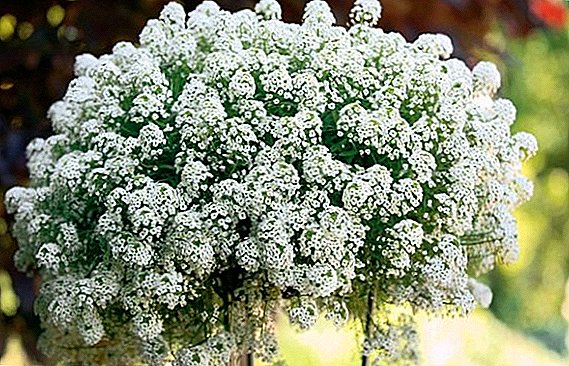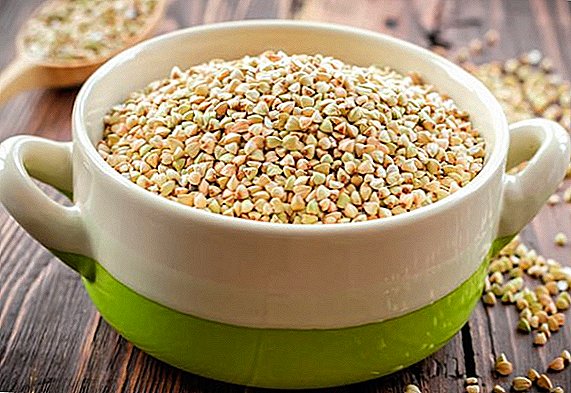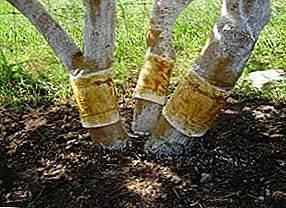
If you are tired of fighting garden pests, buy an effective trap - a trapping belt.
Thanks to this modern device, the number of insects that cause irreparable damage to fruit trees will significantly decrease in your area.
Little leafworms, weevils, moths, apple flowering beetles, caterpillar caterpillars, aphids, ants and other small pests are the worst enemies of the future harvest of berries and fruits in your garden.
Types of trapping belts
 This simple trap, installed correctly, will become an insurmountable obstacle in the way of insects to the first green leaves of garden trees.
This simple trap, installed correctly, will become an insurmountable obstacle in the way of insects to the first green leaves of garden trees.
Fishing belts are:
- dry;
- poisoned;
- glue.
Most often, dry belts are made from ordinary paper (disposable traps) or tow, burlap (reusable). This is the most simple and budgetary adaptation, and in comparison with other types of belts - less effective. How does it work?
The trunk of the fruit tree is wrapped with thick paper and tightly tied with twine or tape to avoid gaps for the passage of insects. When the pests crawl along the trunk to the trap, then penetrate under it and remain there.
It is best to install a dry belt as early as possible so that pests that aspire to the tree crown in spring to stay there for a long time. In the middle of summer, a dry trap is tied against a coddle that has showered along with the ovary.
Then every couple of weeks the belts need to be checked, and the insects that have accumulated there must be destroyed. Gardeners often set dry belts at the end of the summer to prevent the movement of pests for the winter. It is better to leave such devices until spring, making it possible for wintering birds to eat enough insects that have fallen into a trap.
Dry belts made of burlap or other non-synthetic fabric are made from one or two layers of a flap up to 7 cm wide.. The more layers, the more reliable the trap.
The material of the poisoned belts is the same as the dry, but pre-impregnated with biologics or insecticides against insects. Therefore, these devices, protected by a film from rain, are more expensive than ordinary dry ones and are more effective in action. Most often they are installed in early spring, and in late autumn they are removed and burned.
Glue belts are made of durable corrugated paper, which is applied a thick layer of slow-hardening glue. Basically, such a trap clings to the trunk in the spring at a height of 10-12 cm from the ground. In the fall it is set under the lowest skeletal branch. If the glue is frozen and no longer flows through the boom, then the trapper's belt is better to change to a new one.
Basic Trap Installation Rules
 Ensure a tight fit belt. Any gaps are not allowed, because insects can proceed further along the trunk. Therefore, it is better to clean it from last year's bark or to fasten the belt on the smoothest surface of the trunk.
Ensure a tight fit belt. Any gaps are not allowed, because insects can proceed further along the trunk. Therefore, it is better to clean it from last year's bark or to fasten the belt on the smoothest surface of the trunk.
Set the belt at the very bottom of the trunk, before the first branching, so that the insects do not bypass the barrier at the fork.
Belts are dry and poisoned when installing, it is better to press the upper part to the shtambu, and let the lower one slightly lag behind the trunk.
Glue traps are attached simultaneously from the bottom and top for greater efficiency.
Disposable dry belts, according to the shelf life, use only once. After application, remove and destroy, but not cling to the tree again. Otherwise, you will receive dubious savings and low efficiency of the procedure.
If you take into account all the basic rules for the installation of trapping belts, then you will save your garden from voracious insects.


